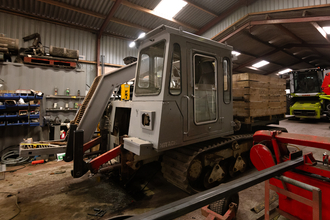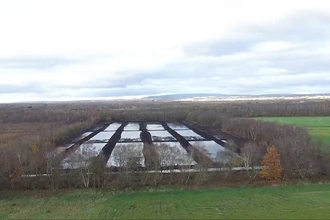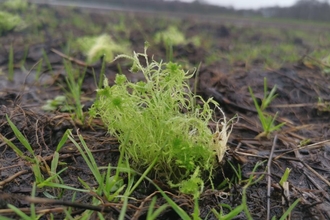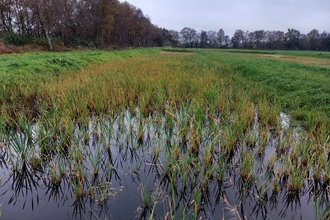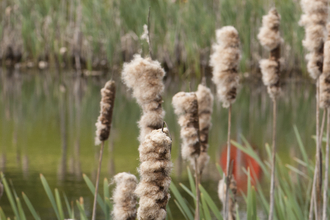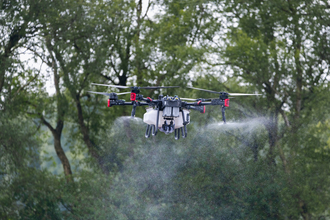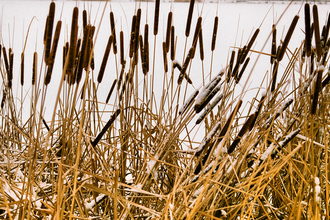Many of our lowland peatlands have been historically drained and converted to agricultural use. However, we now know that draining water out of peat (which is naturally wet and boggy) causes the release of large amounts of CO2 and other greenhouse gases. By restoring the higher water table these emissions can be significantly reduced and the remaining soil carbon protected.
But what about the farmers who need to make a living from the land?
Wetter farming (also known as paludiculture) is the process of restoring those naturally higher water tables and then growing crops which thrive in these wetter conditions.


